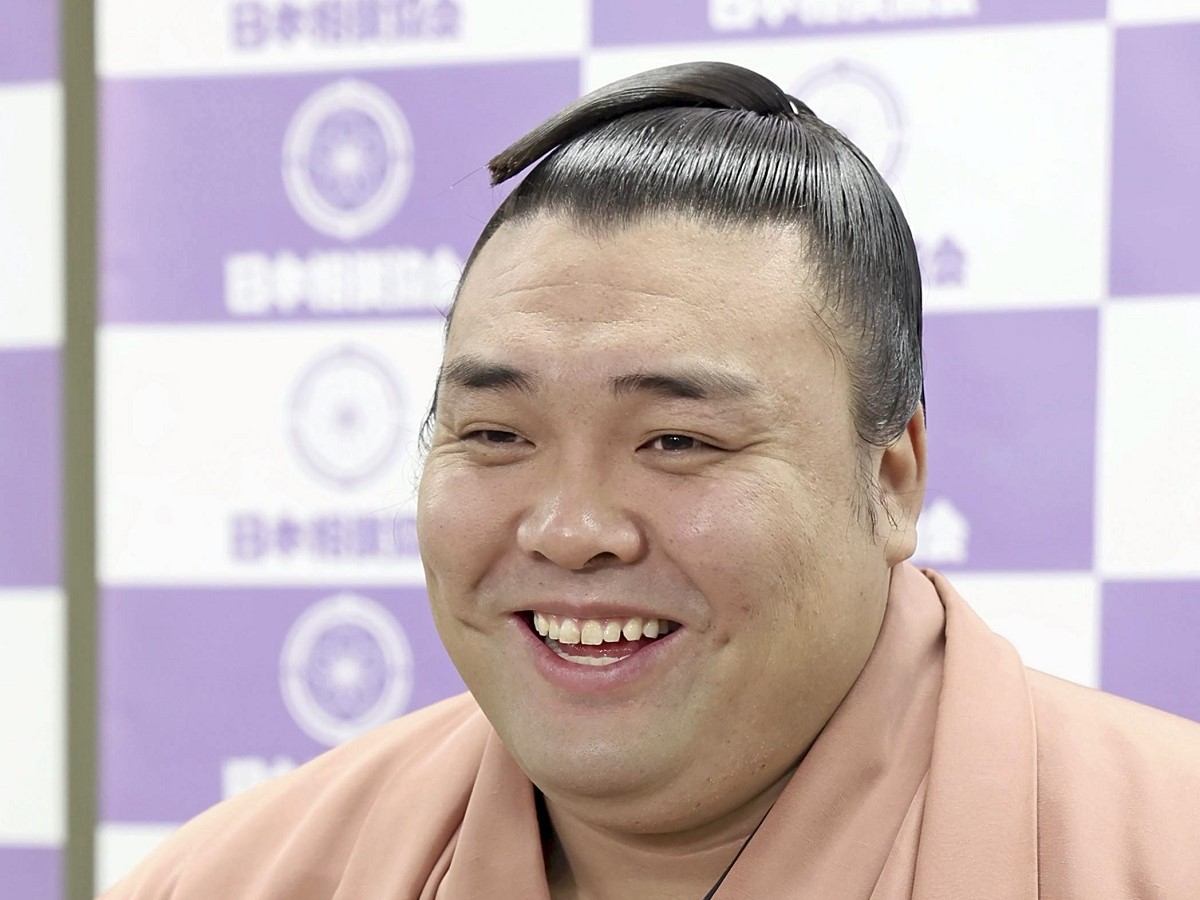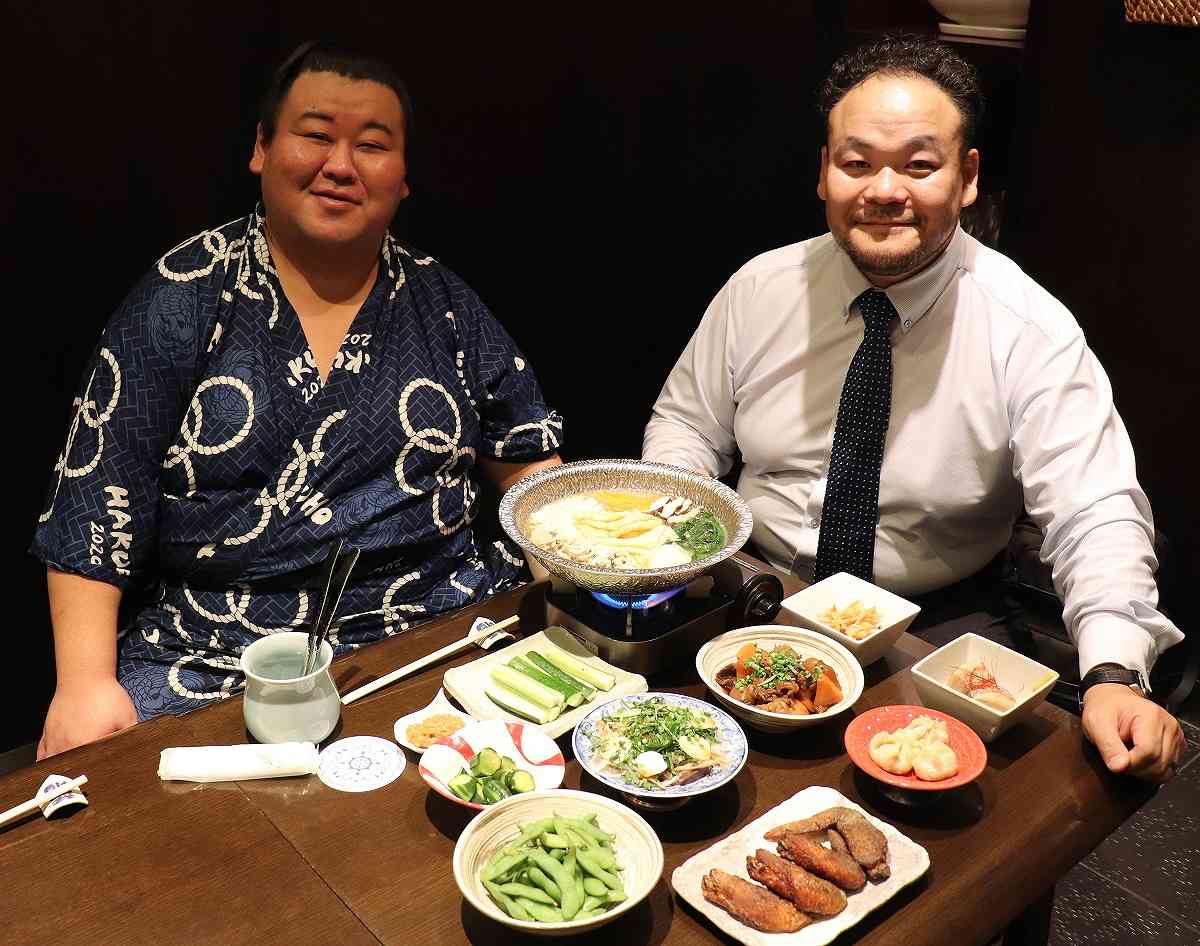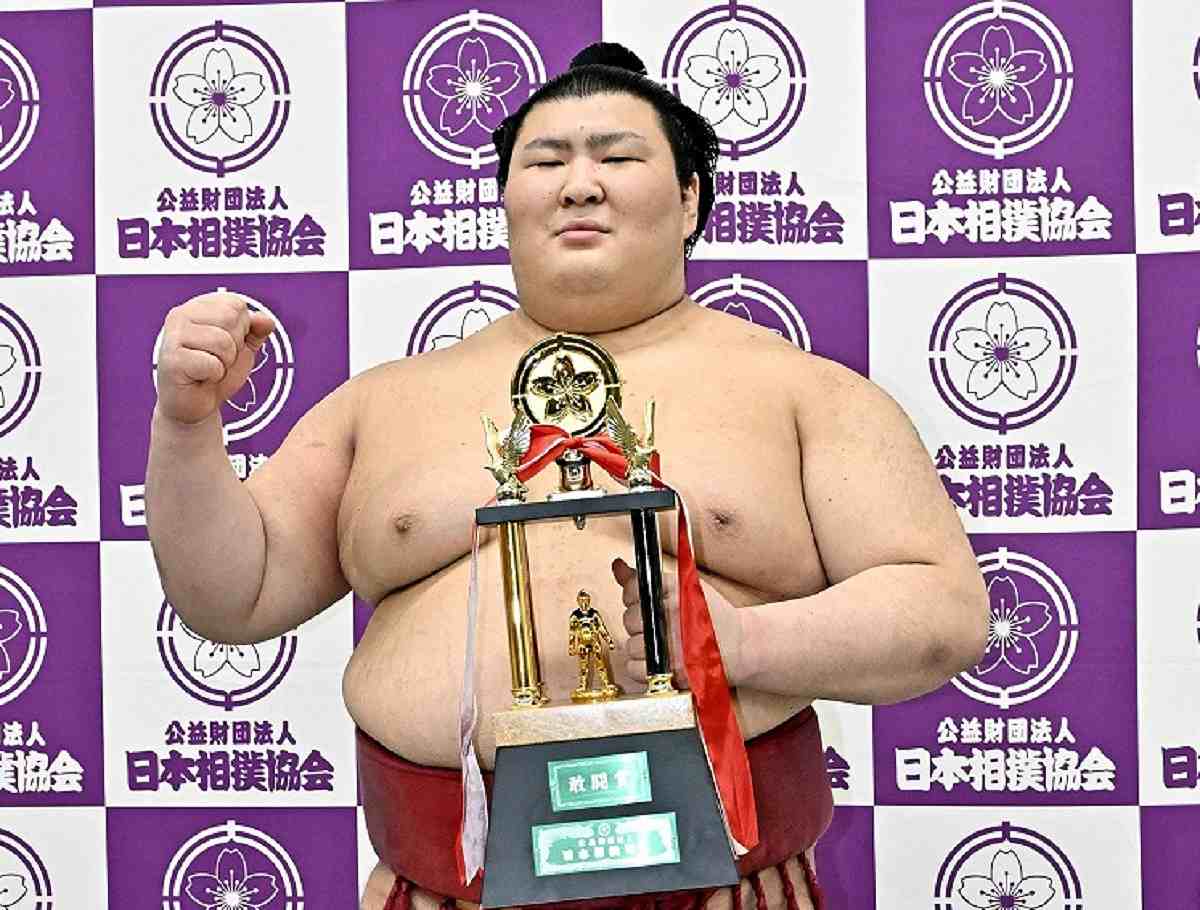Sumo wrestling is often referred to as Japan’s “national sport,” and while both the professional and amateur versions share similarities, they also have vast differences when it comes to competitive aspects.
The professional side of sumo, known as “grand sumo,” is deeply rooted in Japanese culture and tradition. It encompasses rituals, ceremonies, and a strict hierarchical structure within the sport. On the other hand, the amateur version of sumo has its sights set on future inclusion in the Olympics and focuses more on the competitive nature of the sport as a pure athletic endeavor.
In professional sumo, wrestlers are known as “rikishi” and are highly revered in Japanese society. The sport is steeped in tradition, with rituals and ceremonies performed before and after matches. The atmosphere in a grand sumo tournament is unlike any other, with a strong emphasis on the cultural aspects of the sport.
Amateur sumo, on the other hand, is more focused on the athletic competition itself. While it still pays homage to the cultural roots of the sport, the primary goal is to promote sumo as a viable competitive sport on the world stage. The International Sumo Federation has been working tirelessly to gain recognition from the International Olympic Committee and ultimately have sumo included in future Olympic Games.
One of the major differences between professional and amateur sumo is the level of training and dedication required. Professional sumo wrestlers devote their lives to the sport, living in sumo stables and adhering to a strict code of conduct. In contrast, amateur sumo wrestlers often have other careers or commitments outside of the sport and train on a part-time basis.
The rules and regulations of the sport also differ between the two versions. Professional sumo matches take place on a raised clay platform called a “dohyo,” and the first wrestler to force their opponent out of the ring or make them touch the ground with any part of their body besides the soles of their feet is declared the winner. Amateur sumo follows similar rules, but the matches are typically held on a mat instead of a dohyo.
Despite these differences, both professional and amateur sumo share the same essence and spirit of the sport. The fundamental principles of strength, technique, and discipline are evident in both versions, and they both serve as a representation of Japanese culture and tradition.
As the popularity of sumo continues to grow worldwide, there is hope that the amateur version will gain the recognition it deserves and eventually be included in the Olympic Games. With its rich history and unique blend of athleticism and tradition, sumo has the potential to captivate audiences on a global scale and take its place among the world’s most celebrated sports.




